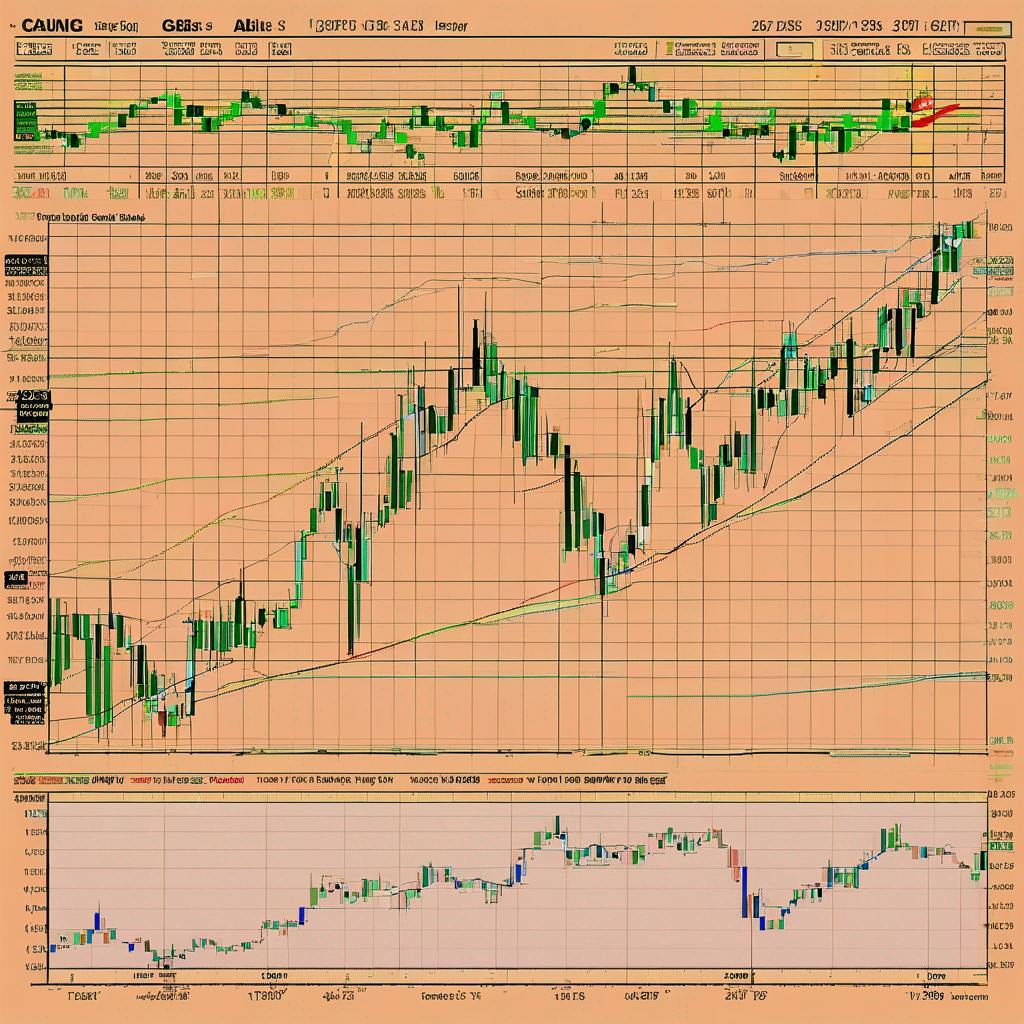225 reads
FinRL: The Blueprint for Automated Trading Strategies
by
June 8th, 2024
Audio Presented by

Leading research and publication in advancing reinforcement machine learning, shaping intelligent systems & automation.
Story's Credibility

About Author
Leading research and publication in advancing reinforcement machine learning, shaping intelligent systems & automation.
